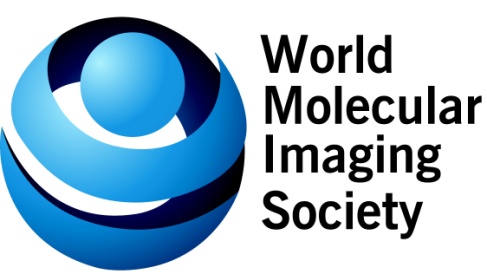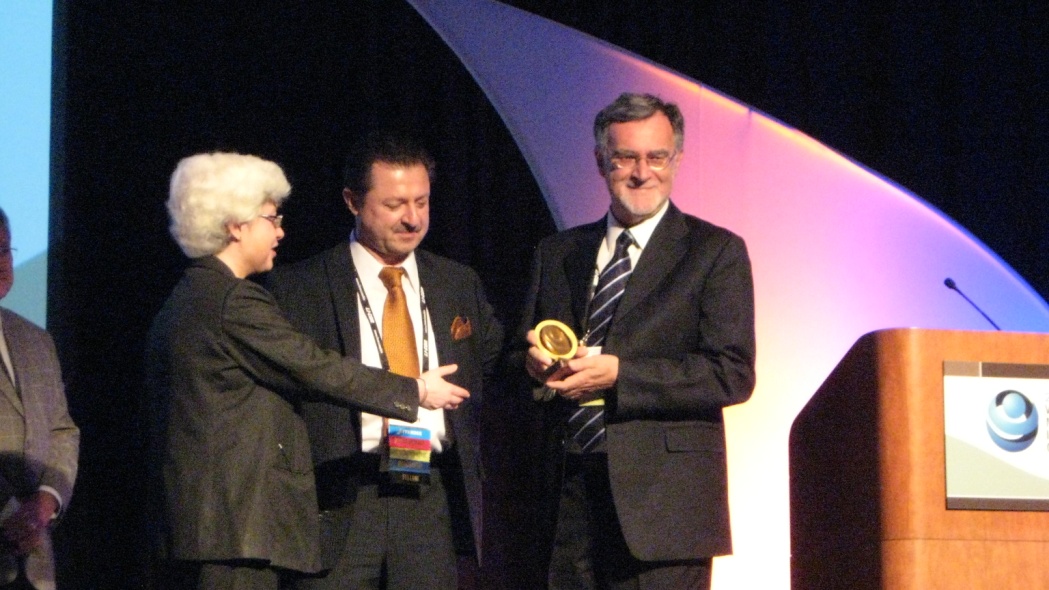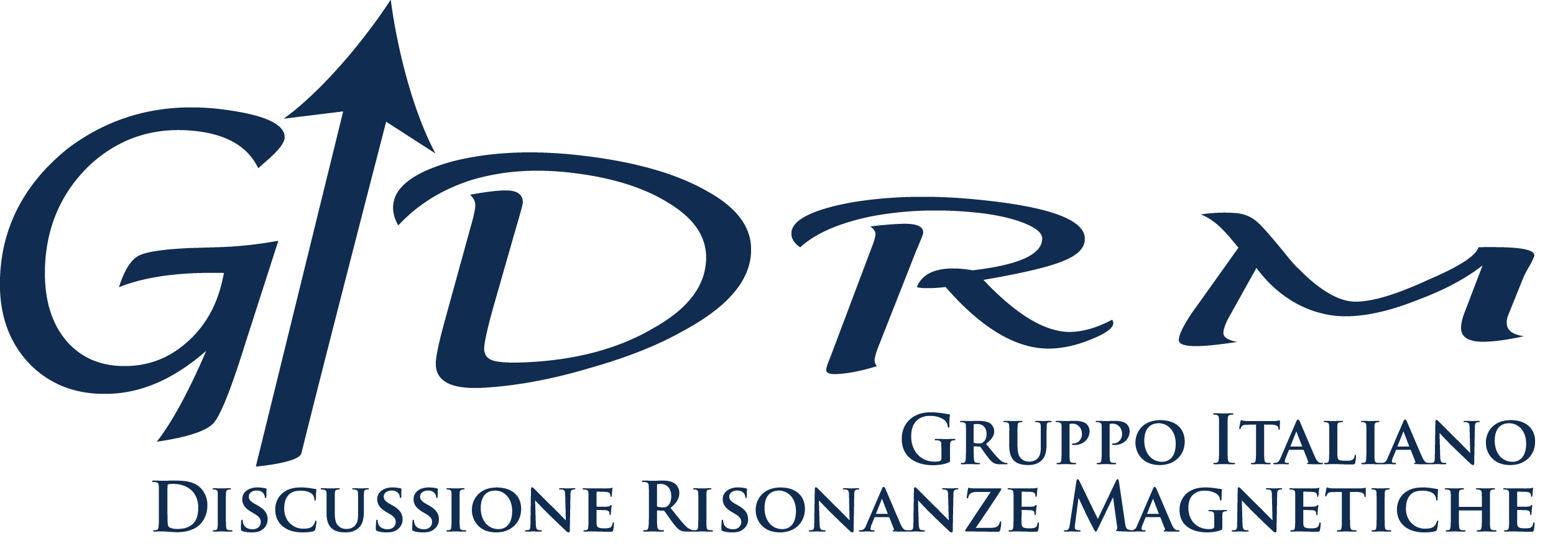Medaglia d’oro a Silvio Aime
 The Gold Medal Award Committee della World Molecular Imaging Society (http://www.wmis.org) ha attribuito per l’anno 2013 la Medaglia d’oro a Silvio Aime. La motivazione è la seguente: “For pioneering work in chelate chemistry, the development of novel probes, and the establishment of a new class of magnetic resonance imaging (MRI) contrast agents based on the transfer of saturated magnetization to the water resonance (chemical exchange saturation transfer) that is significantly advancing the applications of MRI and MRS molecular imaging for in vivo diagnosis.”
The Gold Medal Award Committee della World Molecular Imaging Society (http://www.wmis.org) ha attribuito per l’anno 2013 la Medaglia d’oro a Silvio Aime. La motivazione è la seguente: “For pioneering work in chelate chemistry, the development of novel probes, and the establishment of a new class of magnetic resonance imaging (MRI) contrast agents based on the transfer of saturated magnetization to the water resonance (chemical exchange saturation transfer) that is significantly advancing the applications of MRI and MRS molecular imaging for in vivo diagnosis.”
La medaglia è stata consegnata durante il Congresso Annuale che si è recentemente svolto a Savannah, Ga (USA) dal 18 al 21 settembre.

Breve nota biografica
Silvio Aime received the Laurea degree from the University of Torino in 1971. Following a postdoctoral appointment at the University of East Anglia, he returned in 1974 to Torino where he has spent his entire career. He is currently Professor of General and Inorganic Chemistry at the Department of Molecular Biotechnologies and Health Sciences and Head of the Center of Excellence on Molecular Imaging of the University of Torino. Awards include Doctor honoris causa from the University of Debrecen (2010), Honorary Doctorate from Eindhoven Technical University (2011), Hans Fisher Senior Fellow, Institute of Advanced Study, Technical University Munich (2011), Distinguished Professor at the Eindhoven Technical University (2013).
He is chairman of the EU-COST Action TD1004 “Theragnostics” and President of the European Society of Molecular Imaging (ESMI). Co-Editor in-chief of journal “Contrast Media and Molecular Imaging”. He is author of over 550 peer-reviewed papers and 25 patents. His main research activities deal with the development of Lanthanide-based Imaging Probes (relaxation and CEST agents) for Molecular Imaging applications with the MRI modality. Other current research interests are in the field of hyperpolarized molecules (DNP and para-Hydrogen).

